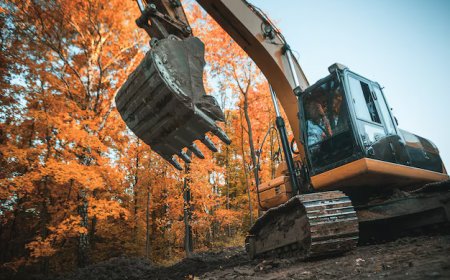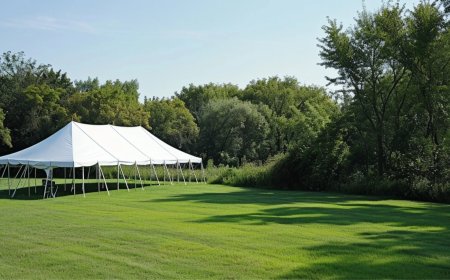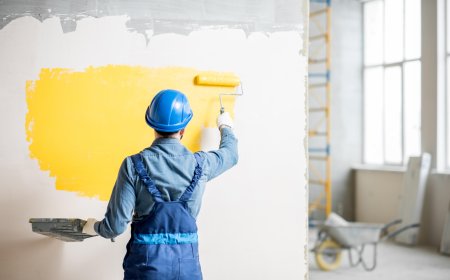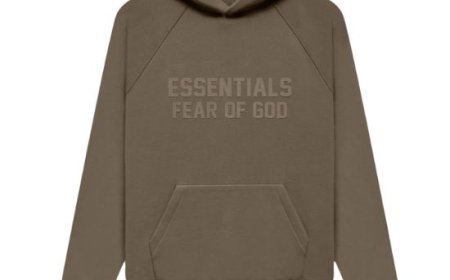Sun-Blocking Tarpaulins for Summer Shade
Tarpaulin sheets are used in home and garden you can use any type of tarpaulin such as Heavy Duty Tarpaulins & Canvas Tarpaulins. Tarps are totally waterproof.

With the sun getting stronger and the summer days being hotter, it becomes an absolute necessity to have a well-established source of shade. Sun-blocking Tarpaulin sheets provide a perfect means for a comfortable life, shaded spots, and areas in outdoor spaces. This article delves into the benefits, kinds, and utilization of these very adaptable shading choices.
Understanding Sun-Blocking Tarpaulins
Sun-blocking tarpaulins are covers that have been designed specifically for the purpose of protection from harmful UV rays and high solar light. These tarps are made of materials that can effectively block or absorb solar radiation, which is the reason behind creating like places that offer protection from the sun, and which is the most comfortable for various outdoor activities.
Benefits of Sun-Blocking Tarpaulins
UV Protection
The top benefit of sun-blocking tarpaulins is their functionality to safeguard against the dangerous ultraviolet (UV) rays, as they can deflect up to 100% of them (provided the material is opaque). This protector is especially important in defending the body from harmful radiation, thus reducing the possibility of sunburn, skin diseases, and definitely skin cancer that might occur after many hours of staying outdoors.
Temperature Reduction
Through the means of the proper mechanism used to cover the opening with these protective barriers without facing the sun rays shining through it, these products can reduce the temperature to a great extent in the shadow area below. As a result, this spurs the fact that outdoor spaces can be made more comfortable and durable while maintaining a nice temperature during the scorching hot days of summer.
Versatility
Sun-blocking tarpaulins are available in various shapes and sizes so as to meet the needs of different users. They can be applied into the different areas such as playgrounds, beaches, campsites, and even be used in disguise of vehicle covers or patio furniture protectors.
Types of Sun-Blocking Tarpaulins
Mesh Tarps
Mesh sun-blocking tarps are produced through a woven process which results in a material that is permeable to air and can be spread over a number of plants at a time while shielding the effects of sunlight. This is greatly beneficial in the areas where complete shading is not a necessity, and some airflow is desired.
Solid Tarps
These are thicker sun-blocking tarpaulins usually made from more substantial material that offers much more shade and UV protection. They are made from dense materials that are used to create full shaded areas or are the best for the usage in sunny or hot weather conditions.
Reflective Tarps
These tarps have one side reflecting a bright light that is directed away by the Clear Tarpaulin, and hence, the temperature reduction within the cover. They are most beneficial in such areas where the sun is extra hot and heat-treating products are required.
Choosing the Right Sun-Blocking Tarpaulin
Material Quality
Opt for tarpaulins that are made from a material that has translucency and high resistance to UV rays, such as high-density polyethylene or Clark Base original HDPE. Materials that are UV resistant and have a high waterproof barrier, with about 98% of the sun blocked out, are the best.
UV Protection Factor
Confirm if the tarpaulin has a UV protection factor (UPF) rating, then check its value. Observe the rays that are being blocked by the sun when you hang the tarp up to shield it from, thus the higher UPF value, the stronger protection you get. Some sun-protected materials block sun rays with a UPF of 50 or over, which is thought of as ideal for everyone.
Size and Shape
Shading plans cover the area to be covered and take its consideration when picking up a tarpaulin. The dimension should be determined, and the angle of the tarpaulin will state the total count of tarpaulins. Different geometric figures like the square, the rectangle, and also, the triangle are available for you to choose from depending on the need or taste of shading.
Color
The heat-block status of a tarp can be greatly affected by the tarps color. Brighter colors tend to reflect the heat of the sun, while the darker ones absorb it. Consider Apparels that stand a good chance to reduce the thermal heat from the sun, but do not compromise functionality or attractiveness.
Installation and Maintenance
Proper Installation
In essence, the correct installation of solar-ray protection canvases greatly depends on their correct installation. This would mean that they have to be safely fastened, so they wouldn't blow away in the storm or any other conditions. Note to the students that apart from forcing tension to be formed and being stable, good poles, ropes, and anchors are still other essential items to be escorts throughout. A tilted roof can be better for reducing heat indoors. It can effectively lower the dependency on air conditioners, therefore minimizing energy usage.
Regular Maintenance
Refuse sun-blocking tarpaulins to go aw, for the rest of their useful days, they will be fed to the cleaners regularly. This will involve washing them from soil and moss, which have become tough and ingrained, and removing problematic factors from the running of the solar generator. The canvas may get wear and tear in everyday use or be torn/torn due to the impact of heavy objects; no one is going to be soft on it. People should store them in a cool, dry place such as a shed during the offseason to protect them from undue wear and tear.
Environmental Considerations
A lot of attention needs to be given to the environmental game by the choice of sun-blocking tarps. One way to do that might be to get producing units to small-scale polymichi supplies from renewable sources or mixing agents from biodegradable materials such as oxidized corn alcohol. While some firms now offer eco-friendly sun-resistant awnings that can preclude environmental damage, some socially produced e.g., Sierra Sailshades and Heavy Duty Triangle sails, are blind spots. Moreover, the building of sheds that are covered with roof tarps can help reduce temperature and thus also energy use.
Creative Uses for Sun-Blocking Tarpaulins
Finding new applications for sun-blocking tarps, apart from the typical ones, will suffice in enhancing various setups. Provide information on the temporary roofing of these materials. There is even the possibility that these can be used in other applications. Kids can also use the shaded area to play in, as well as act as a makeshift green space sing proper ventilation. Farmers mainly use them to shield crops from the sun's rays.
Conclusion
Nets that limit the unwanted sunshine from entering the space are important tools for designing the outdoors in the summertime. This knowledge can help them to identify different types of timber objects more easily and also to deal with possible aesthetic issues. For instance, when selecting the best one, a homeowner may consider the different types of trees, climate change, using energy, and materials such as glass and metal, or even plastic.
As for convenience, they help people save a lot of money. As a result of technological progress, the array of such means of shading solutions continues to change, offering even more environmentally friendly and energy-saving types of sun protection that are both safe and efficient, thus combining policy, technology, and behaviour in a synergetic fashion.
Also Read: https://www.bipko.biz/
























